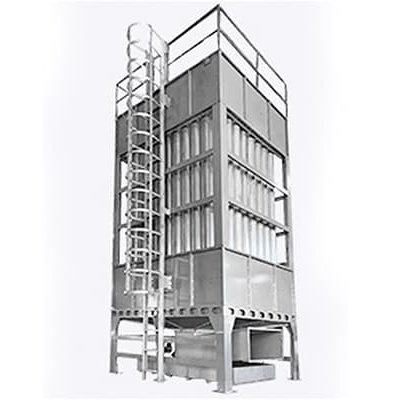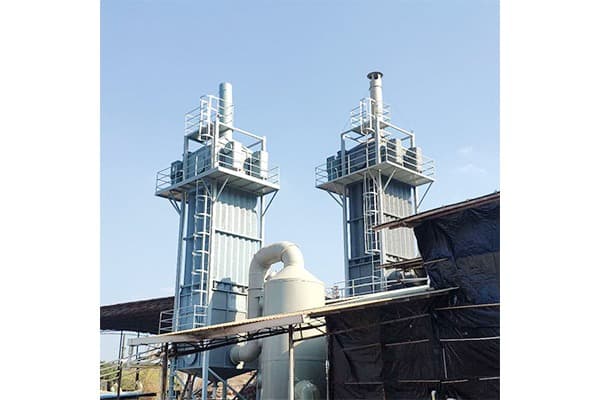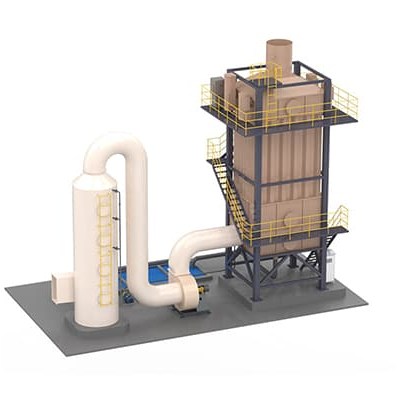Achieving High - Efficiency Dust Removal with Wet Electrostatic Precipitators
Wet electrostatic precipitators (WESP) achieve high - efficiency dust removal through the following mechanisms: 1. Particle Charging - Corona Discharge: A high - voltage direct current is applied to the discharge electrode in the WESP. This creates a corona discharge around the electrode. The corona discharge ionizes the gas molecules in the surrounding area, generating a large number of ions (both positive and negative). As the dusty gas passes through this charged region, the dust particles collide with these ions and become charged. The charging process is crucial as it enables the subsequent movement of dust particles under the influence of an electric field. 2. Particle Migration - Electric Field Force: Once the dust particles are charged, they are subjected to an electric field force within the WESP. The charged particles are attracted to the collecting electrode, which has an opposite charge. The strength of the electric field determines the speed at which the particles migrate towards the collecting electrode. A well - designed electric field ensures that even fine dust particles can be effectively driven to the collecting surface. 3. Particle Collection - Wetting and Agglomeration: In a wet electrostatic precipitator, a liquid film (usually water) is continuously sprayed on the collecting electrode. When the charged dust particles reach the collecting electrode, they are captured by the liquid film. The liquid not only helps in holding the dust particles in place but also promotes agglomeration of fine particles into larger ones. This makes it easier to remove the collected dust from the electrode surface. - Continuous Cleaning: The liquid film on the collecting electrode continuously flows down, carrying
 Achieving High - Efficiency Du
Achieving High - Efficiency Du
 How to purify the white smoke
How to purify the white smoke
 Smart Monitoring and Precise C
Smart Monitoring and Precise C
 How Does a Wet Electrostatic P
How Does a Wet Electrostatic P


